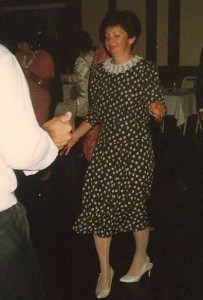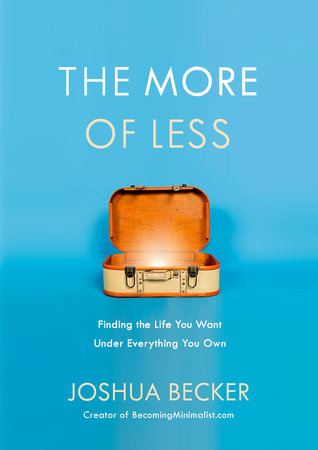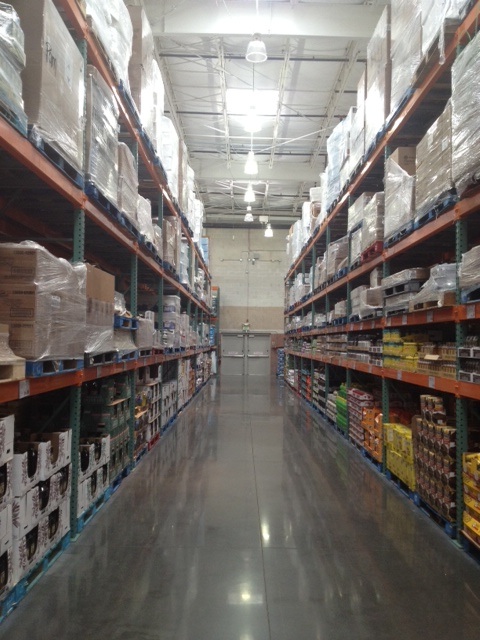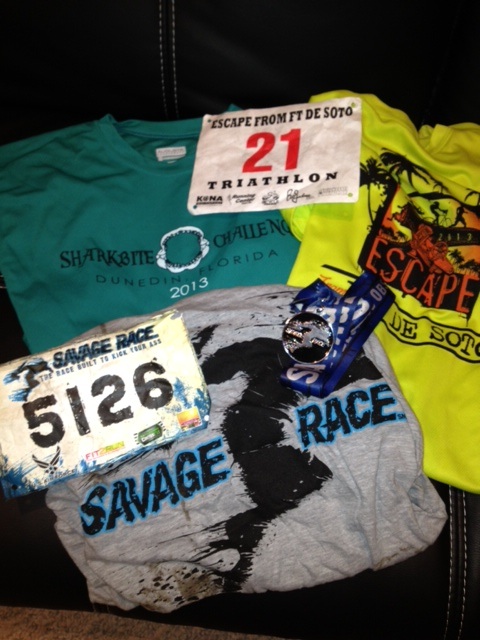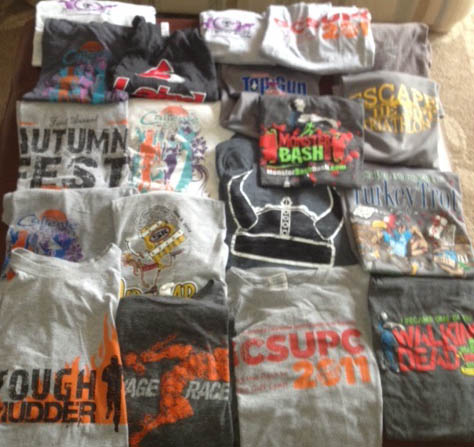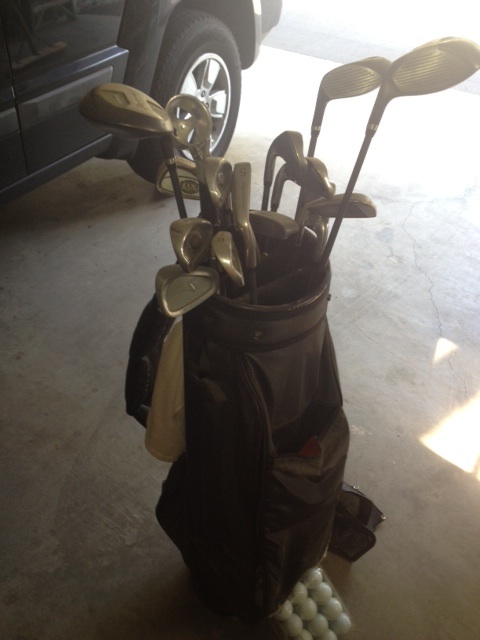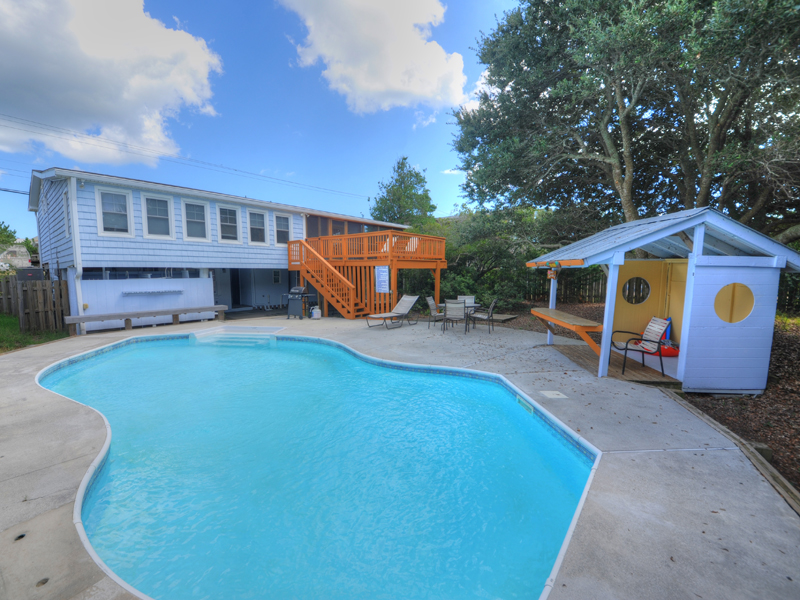 Where I grew up in Virginia, some of my neighbors had swimming pools. I mowed lawns as a teenager and my neighbors didn’t mind if I jumped in their pools as I worked, even though I was covered in dirt, sweat, and grass clippings.
Where I grew up in Virginia, some of my neighbors had swimming pools. I mowed lawns as a teenager and my neighbors didn’t mind if I jumped in their pools as I worked, even though I was covered in dirt, sweat, and grass clippings.
My parents, wise and sensible people, never considered installing a pool. Why go through all of the expense and maintenance of owning a pool that’s used for perhaps three and a half months? If I wanted to jump in a pool, I could go mow a lawn. If we had a pool, I’d never use it.
Undeterred, I vowed to one day own a home with a swimming pool. Not only that, I would live in a warm climate where I could use my pool all year round. So it was that in 1999, in the final months of my twenties, I bought a big ass house with a swimming pool in Florida.
The night we closed on the house, my wife and I drove right over from the lawyer’s office to our new home. We marched right to the pool, stripped off all of our clothes, and jumped in. The water was surprisingly cool for a late June evening in Florida, but we didn’t think much of it. We now had our own home – and our own swimming pool!
Nearly 17 years later, we rarely use the pool, even though we still live in the same Florida home and can use it comfortably from about mid-April until the end of September. The relatively short “pool season” surprises Northerners, who presume that since we never have to cover our pools in Florida, we must be able to use them 365 days a year and would want to do so.
That’s just one of the great myths of swimming pool ownership, perhaps the most overrated feature of a home. It’s a strong selling point, to be sure. Just look at marketing materials for any home with a pool. Whether it’s a two-bedroom ranch or a sprawling 20,000 square foot compound, the pool is prominently featured.
Here’s what Realtors never tell you about pools:
THEY’RE HIGH MAINTENANCE: Sure, you’ll go through long stretches where this is not true, especially if you have a chlorine-free salt system, which we do not. Still, even without the salt system, you mostly have to throw in a gallon of shock once a week, put some hockey-puck size tablets in the chlorinator and make sure the pool does not turn green. No fuss no muss, right?
Unfortunately, your pool is a perpetual chemistry experiment dictated by the weather. There will be algae and stains and specialty chemicals needed. If you’re not constantly on top of this balancing act, the surface will wear out even faster than it ultimately will, requiring an expensive resurfacing. It’s not a question of if but when.
Sure you can hire a pool service, but that’s another monthly maintenance bill.
YOU’LL NEVER USE IT: Until you have a pool, you’re convinced you would use it every day. After all, you stayed a week at a resort hotel and you and the kids were in twice a day, every day. But the novelty wears off quickly when you have a pool of your own. When you live in warm climates, many homeowners have a pool. So it’s not even a big deal for kids to ask their friends over to swim. After all, they probably have a pool, too.
YOU DON’T “SWIM” IN IT: But wait, you say. I plan to use my pool for exercise. That’s wonderful. Too bad your average residential pool is 20 feet long and kidney shaped, not conducive for lap swimming. Perhaps you’re going to do some water aerobics or rehab movements. A pool is great for that. But most people think of pool exercise in terms of swimming laps and for that you need the traditional 25-yard or 50-meter version.
THEY’RE NOT THAT WARM: That night in June 1999 my wife and I learned that pools are not that warm, even here in Florida where we must build caged lanais around them to keep out the bugs. Not until late April in Florida – or Memorial Day in much of the country – does a pool reach 85 degrees, the comfortable temperature for sitting and socializing. By October 1 in Florida – or Labor Day in much of the country – the pool has dropped to 79 or 80 degrees. That’s perfect for lap swimming, but chilly for playing with the kids.
Sure, the kids won’t mind the cooler temperatures – to a point. Whenever we have guests from the North during the winter, there’s always a kid who begs mom and dad to let him jump in our pool. We highly discourage it, mentioning that the pool is 65 degrees and nobody has been in it in months.
Inevitably, Northern Mom will say, “Oh, that’s okay,” as the kid jumps into his swimsuit. “We’re used to that in Syracuse.”
“Please don’t,” I plead, sighing like Willy Wonka.
Moments later the kid is shivering in our living room wrapped in a towel, and Northern Mom is giving me the death stare for not warning them.
But wait, you say. Isn’t your pool heated?
Ah yes, the No.1 FAQ to pool owners. No, call us crazy, but like most pool owners we’ve opted not to purchase another expensive, high-maintenance heat pump on our home that would double our electric bill so we can swim from November through March. And, no, we did not want to install unsightly solar panels and PVC pipe on our home.
So I have learned my lesson with swimming pools. Sure, the pool has provided some fond memories. When our kids were between 3 and 6, a woman came over to give swim lessons to them and some of our neighbor kids (when the pool was warm enough). And we had a few memorable parties, though not as many as you’d think over 17 years. Even when you have parties, few people get in the pool. It’s almost as if it’s a water feature, like a fountain or pond.
As we downsize, one of the top requirements for our next home is that it not have a swimming pool.
But when we go to sell this one, the pool no doubt will be the most prominent feature listed.
 I set my alarm for 5:07 a.m., though I usually wake up a few minutes before the ringer sounds.
I set my alarm for 5:07 a.m., though I usually wake up a few minutes before the ringer sounds.

